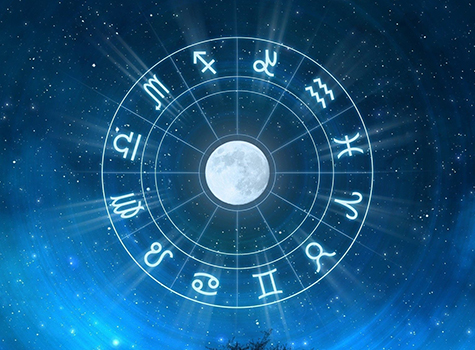By Shyama Parui

Are you in the mood for a quiz? It’s about the age group we love to gripe about, the ones who roll their eyes at every comment you make. They giggle and take selfies at the drop of a hat. You encounter them at the cash register of the grocery store or as you pick up your order at a drive through. Yup, it is about high school aged teenagers. So, tell me whether these statements are right or wrong.
High School students are having the best times of their lives. They are discovering love and their biggest worry is about planning a “promposal” or the number of likes on their latest social media post.
Wrong!
In reality, their challenges resemble the ones from Bollywood’s poignant film 3 Idiots rather than the carefree characters of Jo Jeeta Wohi Sikander. Look around and one may find today’s high schoolers burdened by anxiety and overbooked calendars. On the flip side, their list of skills and accomplishments may outnumber those of many adults.
To be accepted in the college of their choice, students must study hard and earn the highest possible Grade Point Average (GPA).
Wrong!
Parents and students must dive into a sea of academic details to carefully identify courses that present a favorable profile for future colleges. For past generations, 4.0 was the maximum but in recent years, that is merely the median GPA in some schools. Consequently, graduating in the top 10 percent of the class is like tackling a behemoth. When we were growing up in India, the sole focus of our school and college life was to drown under our books to increase our overall percentage score which ideally meant getting 100 percent “right” on each test. We woke up every morning to begin the arduous journey of moving in that direction. A few succeeded, most did not. However, the expectation that a good college student or future professional is a high schooler who strictly excels academically is a misconception. At the same time, colleges in the US today consider factors such as an applicant’s work experience, leadership abilities, community service, and sports activities, among others, for acceptance decisions. The “what” and “how” of that arguably subjective process is mystifying for most parents. If Rori Gilmore, from the popular show, Gilmore Girls graduated from a local high school in 2023, her chances at being accepted by Yale and Harvard would be as slim as a credit card. Most schools would probably prefer her obsessively driven and maniacally hard-working friend, Paris.
Teenagers are so vain and selfish that we need to worry about the world’s future.
Wrong!
Both vanity and selfishness are human traits exhibited by people of all age groups. In fact, I marvel at the willingness of our youth to lend a helping hand. Be kind to them, as they may be the one who offers you a seat on the bus or leverages the power of social media to collect relief materials in the aftermath of a natural disaster. Selfies and games may have invaded some of their time but their ability to seize opportunities to contribute to altruistic actions is admirable. When my friends and I were at that age, we watched Mumbai’s struggles as bystanders. The idea that we could be an instrument of social improvement was not instilled in us. Building empathy and problem-solving skills is an essential part of education as the future needs professionals who can empathize with others and find affordable solutions. The world desperately needs more boys and girls who can “harness the wind”.
The adolescent years of a child are the hardest phase of parenting.
Right!
My personal experience confirmed this suspicion but for reasons that I had not anticipated. My skills as a mother are tested daily and I often wonder whether I am meeting the passing grade. Aside from the predictable door slamming and mood swings, I see my children work diligently and stay out of trouble. Nevertheless, the complexity of my life has increased tenfold. My husband and I are self-appointed tutors on subjects we haven’t reviewed in a long time. That’s the easy part but it is painful to witness my kids and their peers working hard, with no idea if it will be enough. Acceptance rates at colleges are shrinking as are job opportunities under the gloomy forecast of a possible recession and inflation. Along with grammar and algebra, we are also polishing our negotiation skills and teaching our kids the art of balancing practical versus aspirational goals for college and beyond. After all, calculating the return on your investment in college expenses does not come naturally to 11th graders. Even if ivory towers of prestigious universities have been tainted, most families yearn to send their offspring to a four-year college program for several good reasons.
We cannot club high school students as either the morons depicted in American Pie or the geniuses we admire from Hidden Figures. What I have come to realize is that as a society, as employers, colleges, teachers, and even as parents, our expectations in general have increased and we ask more and more of our youth, burning some of them out before they are eligible to vote. High school life was very different for us. We may fret and fume over our kids’ social media, social life and their dating world or worry that we haven’t adequately prepared them for those complexities. However, more than likely our parents did not aim to teach us how to navigate through problems in a foreign country, they taught us important values and the rest we figured out independently. We can do the same for our children with the right intention.
Dealing with uncertainties and confusion is as much a part of the high school rigmarole as shopping for prom dresses and daydreaming of life as a grown up.
Shyama Parui is a long time North Carolina resident and an ardent writer. You can reach her at: [email protected]



